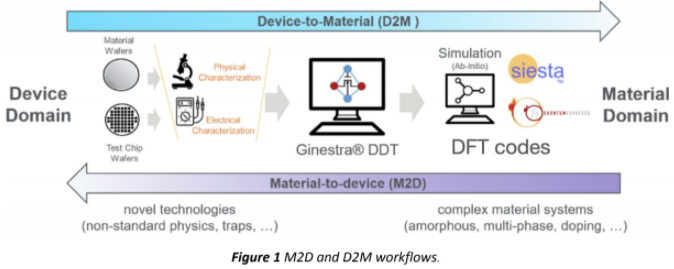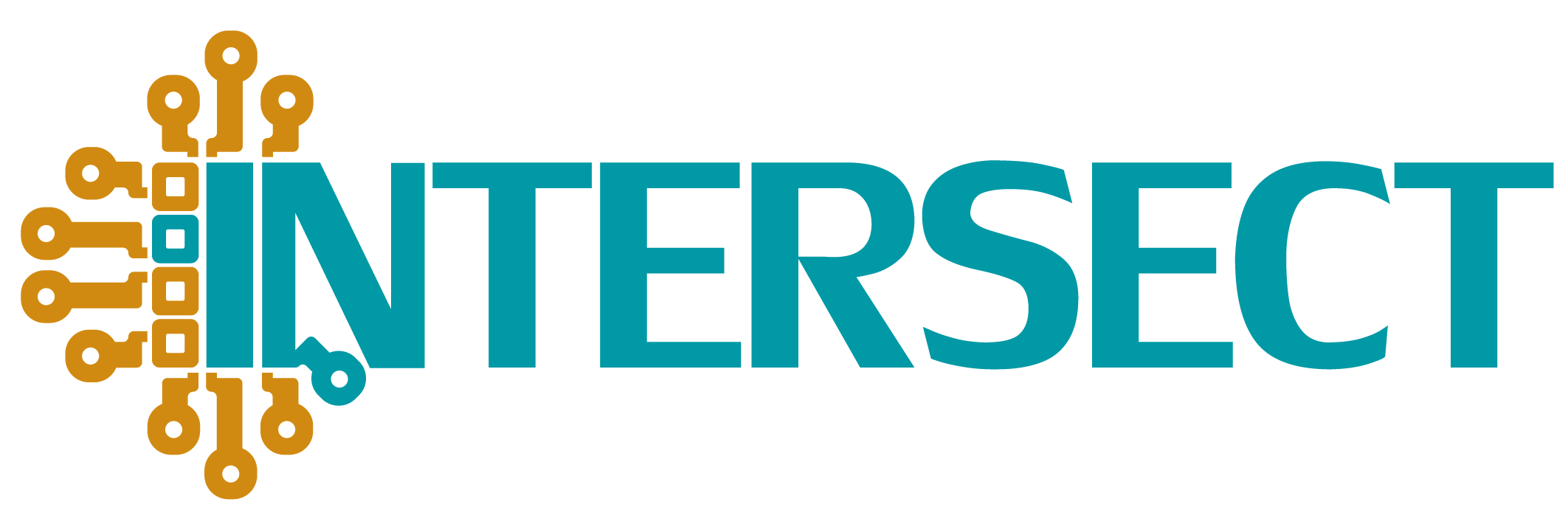
08 Feb #Deliverable 2.4 “Materials-to-device and device-to-materials syntactic interconnections”
As we recently posted, new INTERSECT project deliverables are out! Deliverable 2.4, “Materials-to-device and device-to-materials syntactic interconnections“, by our intersecters C. Rosati, M. Bertocchi, F. Benedetto, A. Padovani, V. Lunardelli, F. J. Dos Santos, N. Marzari, and A. Calzolari, is developed within WP2, “Interconnection and Interoperability Implementations”, under Task 2.3 “Interoperability hub: Materials-to-device and device-to-materials syntactic interconnections and requirements“, by EPFL with the support of CNR and AMAT.

Abstract: The INTERSECT project is developing an industry-ready integrated, standardized, interoperable software platform called Interoperable Materials to Device (IM2D). IM2D aims at integrating some of the most used open-source materials modelling codes, Quantum ESPRESSO (QE) and SIESTA, with models and modelling software for emerging devices (GinestraTM) via the SimPhony infrastructure for semantic interoperability and ontologies, powered by the AiiDA workflow engine, and its data-on-demand capabilities and apps interface.
The scope of this Deliverable is to show the progress on the interoperability Hub (iHub) of IM2D platform. The iHub provides European Materials Modelling Ontology (EMMO) compliant standardized rich metadata that enable a seamless communication and integration between the different components of the IM2D platform and other external repositories and marketplaces.
Through the iHub, IM2D platform is able to connect the device level simulation to the material modelling supporting both the material-to-device and the device-to-material workflows (Fig. 1). In the case of the material-to-device mode, iHub converts the requests for material/defect data needed for device simulations into requirements for materials’ properties that are either stored or needed to be calculated by the material modeling codes (QE, SIESTA).
In the case of the device-to-material mode, the defect/material data (e.g. band-gap, defect thermal ionization energy) extracted from the simulation of electrical device characteristics will be fed into the material modelling (both codes and database) in order to identify the material atomic structure (e.g. phase) and defect characteristics. For each workflow in D1.1, we hereby identify specific classes of use stories and application cases.
Through the iHub data exchange to/from databases and processes, workflows (explained in D2.3) will be actuated, depending on the specific GinestraTM requests and through the syntactic interconnection to AiiDA.
Info & Download: Rosati C. et al., (2021): Interoperable Material-to-Device simulation box for disruptive electronics. Deliverable D2.4 of the H2020 project INTERSECT (final version as of 29/01/2021). EC grant agreement no: 814487, EPFL, Lausanne, Switzerland.
Find all the INTERSECT deliverables developed so far in our Report page, and subscribe to our newsletter to keep up-to-date with our project activities!



Sorry, the comment form is closed at this time.